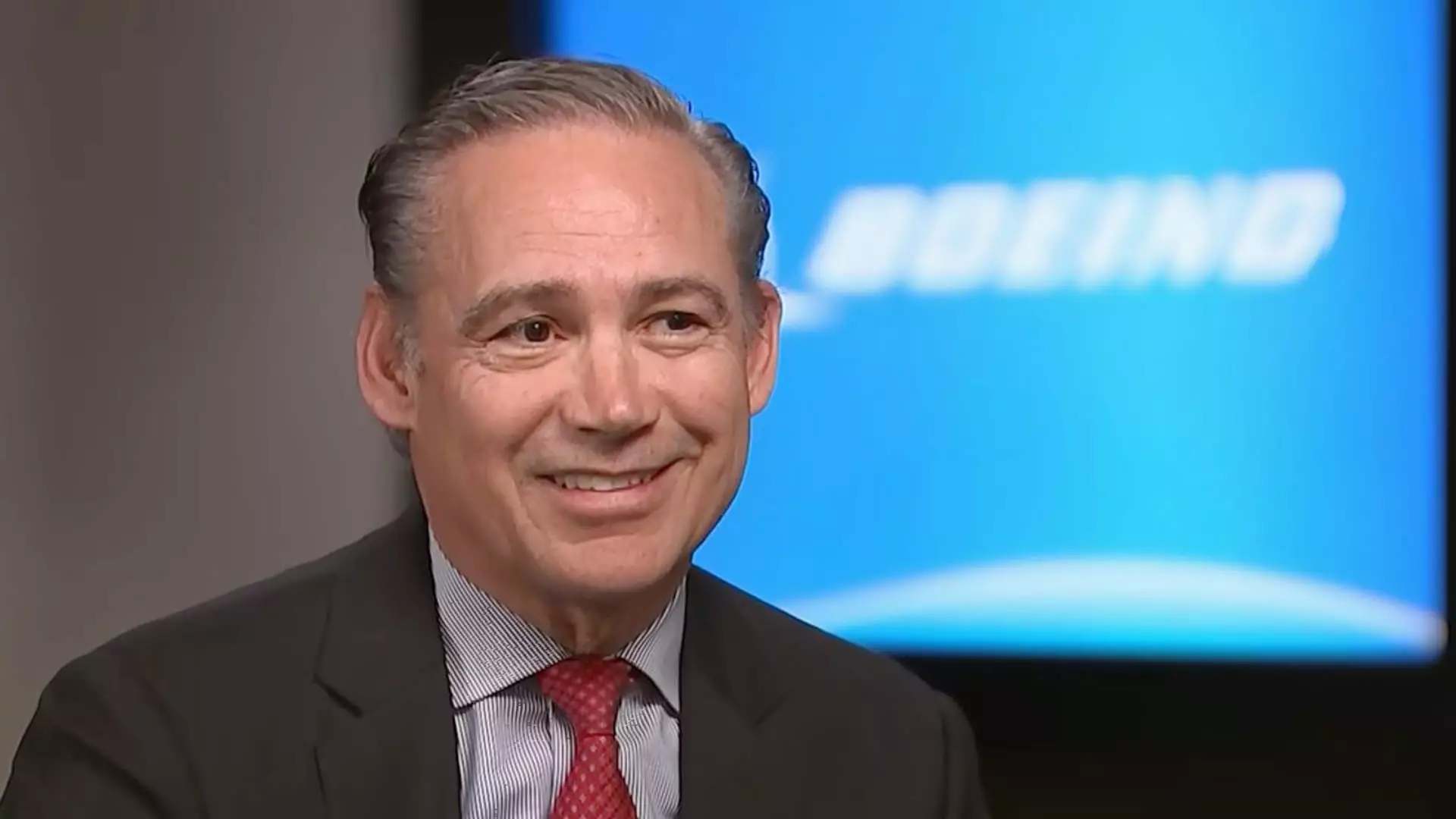The ongoing trade conflict between the United States and China has introduced a wave of uncertainty across numerous industries, particularly for major corporations such as Boeing. With China pausing its acceptance of aircraft deliveries amid escalating tariffs, Boeing’s operations are directly impacted, but the company’s leadership demonstrates an admirable level of adaptability. CEO Kelly Ortberg’s recent comments underscore a proactive stance that seeks to pivot quickly in the face of challenges, rather than allowing this geopolitical dispute to lead to stagnation.
Boeing’s situation is particularly precarious, as it has historically depended on the robust demand from Chinese airlines for its 737 Max model. The abrupt halt in aircraft deliveries necessitates a quick reassessment of market dynamics and demands, pushing the company to reconsider its customer base. Ortberg noted that several planes originally destined for China have already been returned to the U.S., exemplifying the immediate need for Boeing to realign its strategy as external conditions shift. Critically, this situation serves not only as a challenge but also as an opportunity for Boeing to strengthen relationships with other airlines globally that are hungry for new aircraft.
Adapting to Market Demand: Boeing’s Proactive Measures
Ortberg’s assertion that there are “plenty of customers out there looking for the Max aircraft” is a powerful indication of Boeing’s agility in a constricted market. By rejecting the notion of waiting idly for trade negotiations to stabilize, the company is poised to capitalize on emerging opportunities elsewhere. The jet manufacturing giant seems to be navigating through tribal waters, shoring up its business model against the unpredictability that tariffs and trade barriers can engender.
Moreover, as Boeing seeks to redirect its efforts toward interested buyers, it is critical to consider how this demand shift reflects broader aviation trends. New entrants into the commercial aviation sector, especially in emerging markets, may present lucrative possibilities. It is reasonable to assert that the global fleet’s modernization requirements will spur interest in the 737 Max, thus providing Boeing with a lifeline amid its Chinese sales slump.
Leadership Amidst Turbulence: A Lesson in Corporate Resilience
In an era where businesses often encounter disruptions from both political and economic fronts, Boeing’s approach emphasizes an essential lesson in resilience. The leadership’s resolve to prevent the trade war from derailing recovery efforts illustrates the importance of adaptability within corporate operations. Following the recent report of narrowing losses and an uptick in airplane deliveries, this resilience appears to be budding into a strategic advantage.
Furthermore, President Trump’s hints at a potential softening of tariffs foster a glimmer of optimism for Boeing’s future dealings. If tariffs on Chinese imports decrease as he suggests, it could reopen valuable markets for aircraft deliveries and reduce the overall strain on Boeing. Nevertheless, the turbulence caused by ongoing trade disputes serves as a stark reminder of the importance of maintaining a flexible strategy in turbulent times.
Boeing’s narrative is one of a company grappling with heavyweight challenges while simultaneously uncovering ways to innovate and adapt. In today’s fast-evolving market landscape, the ability to pivot is crucial, and Boeing appears ready to steer its course toward greater horizons.


Leave a Reply